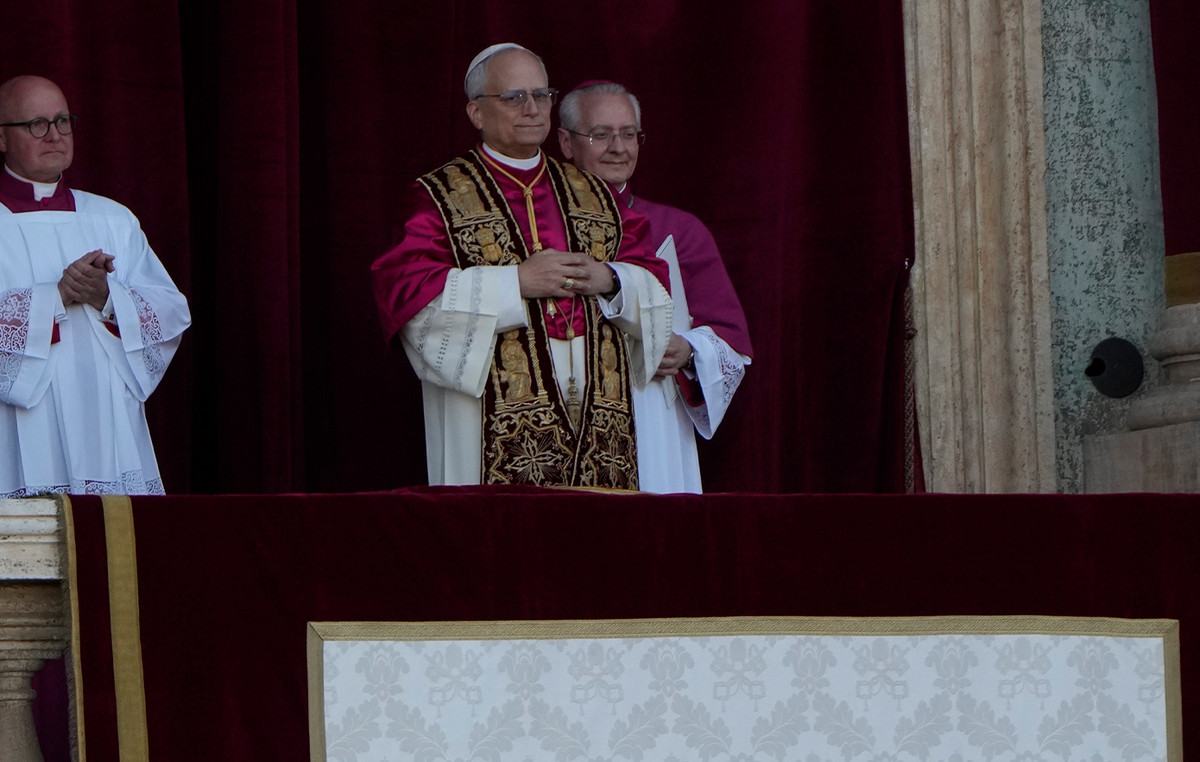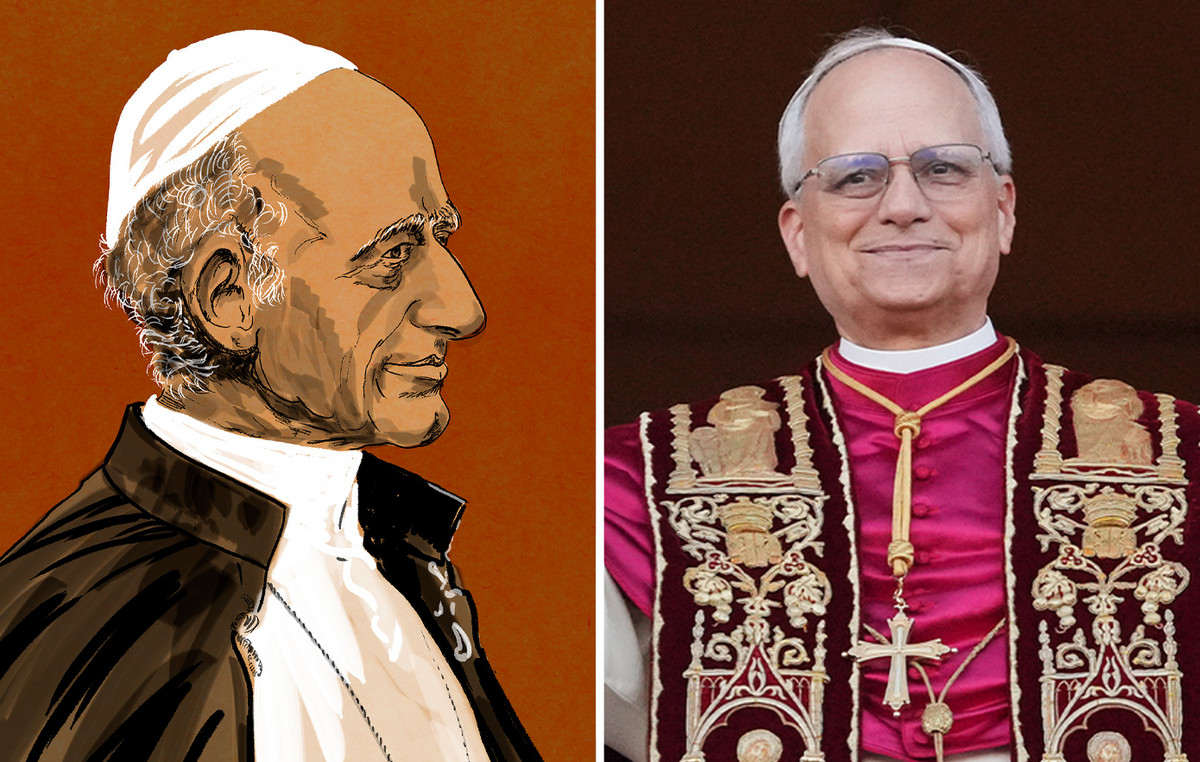Silvio Berlusconi has the chronic myelomonocytic leukemia. This was revealed in a bulletin by his personal doctor, Professor Alberto Zangrillo, head of the Anesthesia and General, Cardio-Thoraco-Vascular Resuscitation Unit and of the Cardiological and Cardiac Surgery Intensive Care Unit of the IRCCS San Raffaele Hospital of Milan, which is following him carefully in the Intensive Care Unit, where the rider is currently hospitalized also due to a pulmonary infection.
Currently, there are almost 8,000 new cases of leukemia diagnosed in Italy every year, a figure that illustrates the increase in the incidence of this pathology, but which goes hand in hand with a decreasing mortality rate, thanks above all to continuous and constant improvement of therapies.
Meaning of leukemia
When we talk about leukemia it should be emphasized that it is not a single disease, but a set of blood cancers caused by an uncontrolled proliferation of hematopoietic stem cellscalled leukemia or blasts, i.e. those still immature cells which, as they grow, give rise to white blood cells, red blood cells and platelets.
“Following a genetic mutations and due to complex mechanisms, not always completely clarified even today, stem cells can prematurely interrupt their development, or they can acquire the ability to replicate without limit and become resistant to the mechanisms of programmed cell death (apoptosis),” explains the professor Fabio CiceriHead of Hematology and Bone Marrow Transplant of theIRCCS San Raffaele Hospital and president of GITMO (Italian Group for Bone Marrow Transplantation, hematopoietic stem cells and cellular therapy), in an in-depth analysis on the topic published on the website of theIRCCS San Raffaele Hospital. “When this happens, the immature cells invade the marrow, blood and sometimes the lymph nodes, spleen and liver and thus give rise to leukemia,” explains the professor.
Different types of leukemia
According to the National Cancer Registry, the most frequent forms are: leukemia chronic lymphatic (which represents 33.5% of the total leukemia); leukemia acute myeloid (26.4%); leukemia chronic myeloid (14.1%); leukemia acute lymphatic (9.5%).
In fact, various types of leukemia are distinguished, depending on the speed of development of the disease which can therefore have one acute form (when the disease evolves with short or very short times, also showing a block in the maturation of the cells) and a chronic formwhen it manifests a slower progression and the ability to mature marrow precursors persists.
Leukemia: what are the symptoms?
At their onset, chronic leukemias may not give symptoms because leukemia cells interfere in a limited way with the functions of other cells. In the case of acute leukemia, the symptoms appear early, with an extremely rapid deterioration. They are usually associated with shortage of red blood cellstherefore to a condition of important anemia and mainly consist of:
-Fever
– night sweats
– tiredness and fatigue
-heachache
– bone and joint pain
-weight loss
-pallor
In case of platelet deficiency they can show up too minor bleeding in the mouth or gastrointestinal tract or skin spotsfollowed, at a later stage, by deeper hemorrhages to the brain oa level of the gastrointestinal tract. In the case of proliferation of white blood cells the symptoms could manifest themselves in the form of a bad one flu syndromeas continuous fever, but well tolerated.
«Sometimes leukemic blasts can also infiltrate organs such as the stomach, intestines, kidneys, lungs or nervous system, giving specific symptoms that indicate a organ malfunction involved», concludes Professor Ciceri.
Chronic myelomonocytic leukemia: what’s the difference?
There myelomonocytic leukemia chronic (MCML) it generally appears in old age and is the most frequent of the myelodysplastic-myeloproliferative syndromes. This form of leukemia is characterized by an increase in a specific population of white blood cells: i monocytes, as they explain on the website ofAIL, the Italian Association Against Leukemia, Lymphoma and Myeloma.
It is the same form of leukemia diagnosed to the writer Alexander Bariccowho first talked about it in an Instagram post published over a year ago.
The only treatment with curative potential is the allogeneic stem cell transplant often, however, difficult to implement, due to the high age of the majority of patients. In high-risk cases, the alternative to a transplant is to use drugs such as azacitidine or hydroxyurea to control the growth of white blood cells.
In the case of Silvio Berlusconi’s illness, it is true the absence of developmental features in acute leukemia. The therapeutic strategy in place – as highlighted in the medical bulletin formed by Alberto Zangrillo and Fabio Ciceri – provides for “the treatment of the pulmonary infection that has occurred, a specialized cytoreductive treatment aimed at limiting the negative effects of pathological hyperleukocytosis and the restoration of clinical conditions pre-existing”.
Myelomonocytic leukemia: what the tumor that affected Alessandro Baricco is and how it manifests itself
Acute myeloid leukemia: what the disease Sinisa Mihajlovic fought against is and how it manifests itself
Alyssa, who at the age of 13 defeated leukemia with a gene therapy never before adopted
Acute myeloid leukemia, one more step towards the cure thanks to a text message
Source: Vanity Fair
I’m Susan Karen, a professional writer and editor at World Stock Market. I specialize in Entertainment news, writing stories that keep readers informed on all the latest developments in the industry. With over five years of experience in creating engaging content and copywriting for various media outlets, I have grown to become an invaluable asset to any team.







